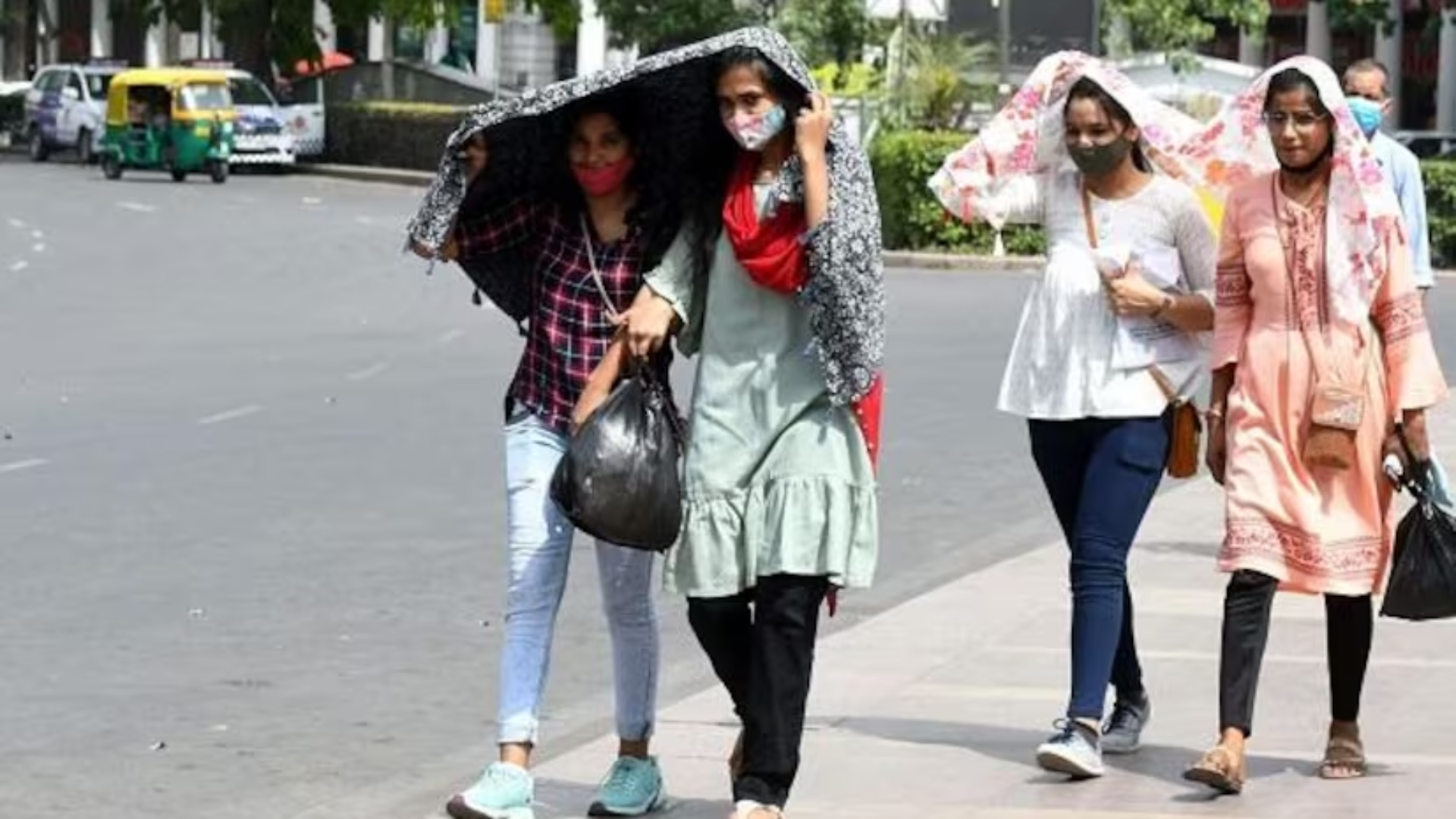With many cities reporting temperatures that have crossed over 46 degrees Celsius on Sunday, Uttar Pradesh once again witnessed an intense and scorching heat. This has been recognised as the pattern of the weather for the last several days, and the lives of the residents of the state has been severely affected by the continuously increasing heatwave.
According to reports by the India Meteorological Department, Prayagraj has once again topped the list of the hottest cities in India for the fifth time in the last ten days with the mercury touching a scathing 47. 6 degrees Celsius. In fact, only a few days ago, on June 14, the indicated maximum temperature in the city had reached 46. 9 degrees Celsius. Following Prayagraj, Jhansi recorded a scorching 47.1 degrees Celsius, while Kanpur IAF station and Varanasi both reported 46.8 degrees Celsius. Other cities also bore similar temperatures and sometimes were even higher, which includes Barabanki at 46 degrees Celsius, Agra at 46. 5 degrees Celsius from Firozabad and Sultanpur hitting a high of 46. 4 degrees Celsius and Hamirpur 46 , Fatehpur 46 the relative humidity in Churu 27 , Hamirpur 30 , Fatehpur 29 . 2 degrees Celsius.
ALSO READ: India Participates In Global Meet On Ukraine Following PM Modi’s Call For Dialogue And Diplomacy
The meteorological department have conveyed their message that there will be no relief from the heatwave for the next couple of days. In the capital of the state, Lucknow, the heat reached 45.6 ° C, marking the highest temperature recorded in June over the past eight years. The minimum temperature in Lucknow was 31.4 degrees Celsius. Forecasts suggest that on Monday, Lucknow will continue to experience high temperatures, with expected highs of 45 degrees Celsius and lows around 32 degrees Celsius. Notably, this year’s hottest day in Lucknow was on May 31, when the mercury hit 45.8 degrees Celsius.
“Heatwave to severe heatwave conditions are likely to continue in most of UP districts,” said Mohammad Danish, a senior scientist at the Met department. This prolonged period of extreme heat is expected to place additional strain on public health resources and infrastructure, as residents struggle to cope with the oppressive conditions.


















